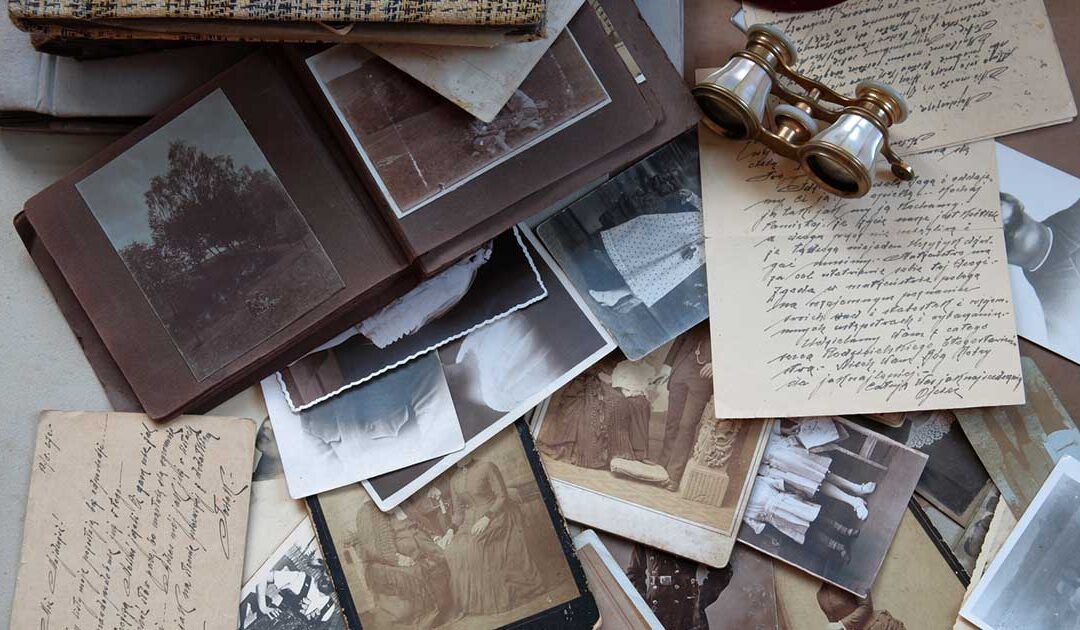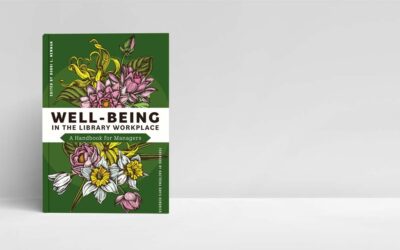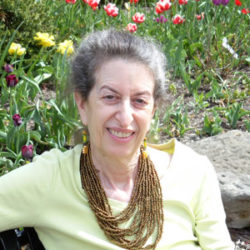Think Clearly Blog
Think Clearly Blog
- Blog Categories
- Special Libraries
- Knowledge Management
- Museums
- Archives

Exploring Self-Determinate Multiple Pathways: An Example of Digital Storytelling
Discover how self-determinate multiple pathways offer flexible, interactive storytelling in museum exhibits. Learn from the Tenement Museum’s ‘Your Story, Our Story.’

Understanding Shadow AI: Risks, Costs, and Governance
AI can enhance search, discovery, and efficiency, but unsanctioned adoption—known as “shadow AI”—can lead to budget overruns and compliance risks. Here’s how to evaluate AI pricing models and build a governance strategy that balances innovation with cost control.

Balancing Collection- and
Item-Level Information in Archival Description
How much detail is enough when describing an archival collection? Finding the right balance between broad overviews and detailed item descriptions ensures accessibility, research efficiency, and proper context for archival materials.

Lucidea’s Lens: Knowledge Management Thought Leaders
Part 104 – Vincent Ribière
Vincent Ribière advances knowledge and innovation management through AI, creativity, and KM. Explore his work in academia, research, and industry leadership.
How to Use Slideshows and Flipbooks to Offer Engaging Museum Story Visuals
Museums thrive on storytelling, and the right digital tools can make all the difference. Slideshows and flipbooks offer an engaging way to showcase collections, drawing visitors in with dynamic visuals and interactive elements.
Interview with the Editor: Bobbi L. Newman on Well-Being in the Library Workplace
Enjoy Lauren Hays’ interview with Bobbi L. Newman on why workplace well-being matters, how managers can drive meaningful change, and what steps libraries can take to create a culture of trust and support.
Original Order and Provenance in Archival Arrangement
Archival arrangement is the foundation of efficient records management, ensuring materials are structured for preservation and accessibility. Guided by the principles of original order and provenance, archivists maintain the integrity and context of collections, allowing researchers to uncover valuable historical insights.
Lucidea’s Lens: Knowledge Management Thought Leaders
Part 100 – Gordon Petrash
Discover the work of Gordon Petrash, a pioneer in intellectual asset management, demonstrating how companies can unlock the value of their intellectual capital.
Zooming Into Story Details:
How Museums Can Enhance Storytelling with Visual Tools
Visual tools such as zoom are crowd pleasers when presenting visual content online, allowing museums to create immersive and engaging digital experiences.
Interview with the Author: Brighid Gonzales on Library Website Design
In her new book, Library Website Design and Development, Brighid M. Gonzales provides a step-by-step guide to help librarians create websites that engage and support their users. In this interview, Brighid shares insights on trends, opportunities, and best practices for building a strong library website.
Archival Accessioning: A Foundational Process for Well-Managed Archives
Accessioning is the critical first step in managing archival collections, ensuring that newly acquired materials are formally accepted, documented, and integrated into a repository’s holdings. This essential process lays the groundwork for preservation, organization, and future access.
Lucidea’s Lens: Knowledge Management Thought Leaders
Part 99 – Dennis Pearce
As a knowledge management strategist, Dennis Pearce has spent his career refining how professionals connect, learn, and innovate. From enterprise social networks to working out loud, his insights reveal how to build a culture of transparency, trust, and continuous improvement.
7 Digital Storytelling Elements That Live In Your Museum CMS
A museum’s Collections Management System (CMS) is more than just a catalog—it can also serve as a foundation for digital storytelling. By leveraging the rich object data and images already housed in the CMS, museum professionals can experiment with new ways to craft compelling narratives. In this article, Rachael Cristine Woody explores how different types of digital surrogates can bring museum collections to life online.














